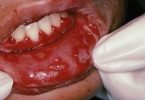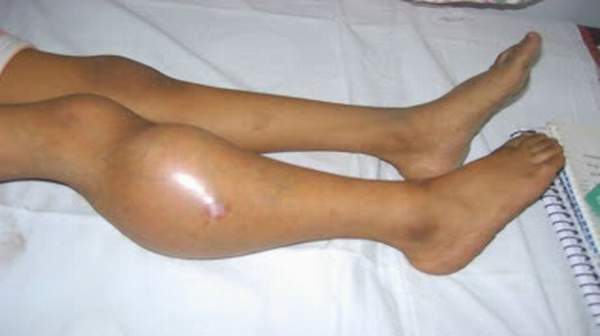You might have heard of Alice in Wonderland Syndrome recently in a way that has more to do with migraines than it does with Lewis Carroll’s charming story of a girl who fell down the rabbit hole. Alice in Wonderland syndrome is a disorienting neurological condition that affects human perception. Alice In Wonderland Syndrome can be triggered by an abnormal amount of electricity in the body, causing a change in blood flow in the brain. Signals sent from the brain to the eyes are disturbed resulting in a variety of symptoms including hallucinations, lost sense of time and an altered self-image where certain body parts appear disproportionate to the rest of the body. When and how often these episodes happen is unpredictable, and the episodes themselves are usually relatively short.
Causes
Alice In Wonderland Syndrome is commonly caused by migraines, headaches, intoxication from hallucinogens, brain tumors or contraction of the Epstein-Barr virus (EBV). Frequently a precursor to mononucleosis, EBV can cause fever, sore throat, swollen spleen and lymph nodes. In the initial phases of EBV, sufferers can experience these hallucinogenic symptoms.
Another common cause is temporal lobe epilepsy (TLE) where a seizure occurs in the temporal lobes. The reactions to TLE are varied, with some experiencing a euphoric state with great pleasure to those experiencing intense fear and paranoia.
Symptoms
The foremost symptom of the Alice in Wonderland Syndrome is an altered body image. The person observes sizes of parts of the body wrongly. More often than not, the head and hands seem disproportionate; and in general, the person perceives growth of various parts rather than a reduction in their size.
- Another most significant symptom of the Alice in Wonderland Syndrome is that the patient perceives the sizes of various other objects inaccurately.
- The trademark symptom of Alice in Wonderland Syndrome is migraine.
- The individual loses a sense of time. For him, time seems passes either at a snail’s pace, or passes too swiftly.
- Some people experience strong hallucinations; they may visualize things that aren’t there and may also get the wrong impression about certain situations and events.
- Also, like the visual perception gets warped, so does the auditory and tactile perception.
Diagnosis
Alice In Wonderland Syndrome is a disturbance of perception rather than a specific physiological change to the body’s systems. The diagnosis can be presumed when other physical causes have been ruled out and if the patient presents symptoms along with migraines and complains of onset during the day (although it can occur at night).
Treatment
Alice in Wonderland Syndrome has no proven, effective treatment, but treatment programs for the probable causes of the condition are employed to bring about relief.
- In general, the treatment plan consists of giving migraine prophylaxis, (anticonvulsants, anti depressants, calcium channel blockers and beta blockers). Following a migraine diet regimen affords immense too.
- Chronic cases of Alice in Wonderland Syndrome are quite untreatable and must wear out, eventually.
- A person suffering from the disorder may have distortions / hallucinations several times during the day, and the manifestations may take sometime to subside. Justly, the individual may get terrified, anxious and panic-stricken. These manifestations are not detrimental or dangerous, and in all likelihood will fade over a period of time. Rest is the most optimal treatment.
- Doctors advocate joining support or discussion groups; they help you comprehend your problem, communicate experiences with other sufferers, and tackle the condition a lot better.





